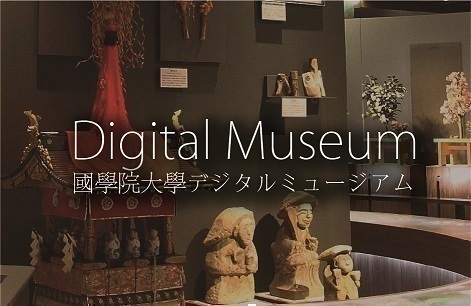- トップ
- Encyclopedia of Shinto
- Hatsumiyamōde
Encyclopedia of Shinto
| Main Menu: | |
| Links: |
詳細表示 (Complete Article)
| カテゴリー1: | 5. Rites and Festivals |
|---|---|
| カテゴリー2: | Rituals in Daily Life |
| Title | Hatsumiyamōde |
| Text | "First shrine visit," this term refers to the first pilgrimage to the tutelary deity (ujigami) after the birth of a child. It is also more simply called miyamairi. It may also be referred to as hiake, hibare, ubuake, or shimeage, terms that mean it marks the day when the taboo period for a newborn child ends. This usually takes place on the thirty-second day after birth in the case of a boy, or the thirty-third day in the case of a girl. However, depending on the region there are also places where it may come as early as the seventh day after birth or as late as after more than a hundred days. Along with being an event to pray for the happy growth of the child, hatsumiyamōde also originally was a ceremony where the child would be acknowledged socially as a new parishioner (ujiko). On this day, the child is clothed in festive dress presented to he or she by immediate family and relatives. In the case of a boy, the custom is to write the character for "big" in red on his forehead and deliberately make him cry in front of the deity. This is said to be done to draw the deity's attention to the child and to pray for the deity's divine protection. The child's period of taboo is said to last for thirty-three days and that of the parents for seventy-five days. Since at the time of hatsumiyamōde the mother's period of taboo is not yet over, the baby frequently would be carried to the shrine by the mother-in-law or the midwife. However, today the idea of taboo is disappearing and it has become common practice for the mother to also take part in the shrine visit. Nevertheless, depending on the region, there are places where the miyamairi on the thirtieth day goes only as far as the torii, and on the seventy-fifth or the hundredth day goes as far as directly before the deity. — Iwai Hiroshi |




